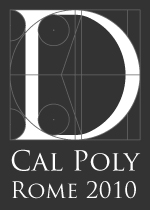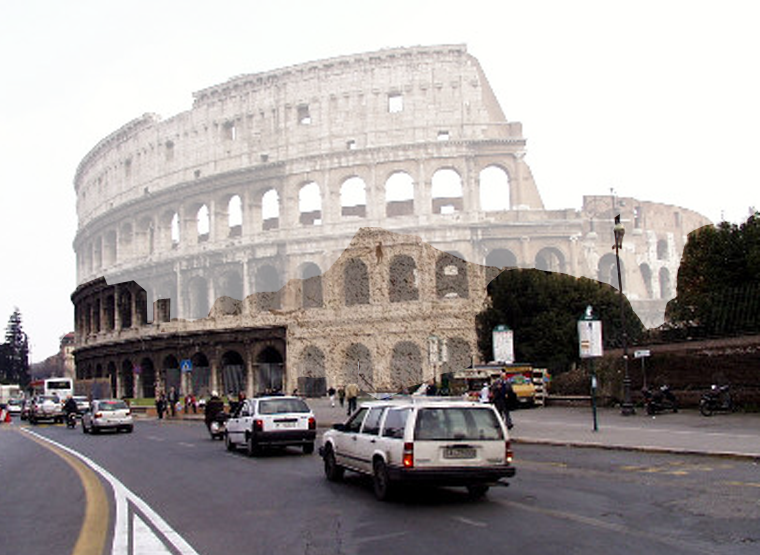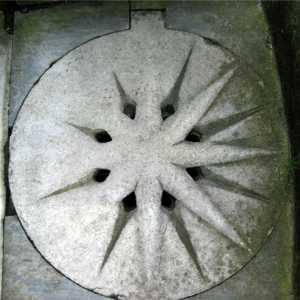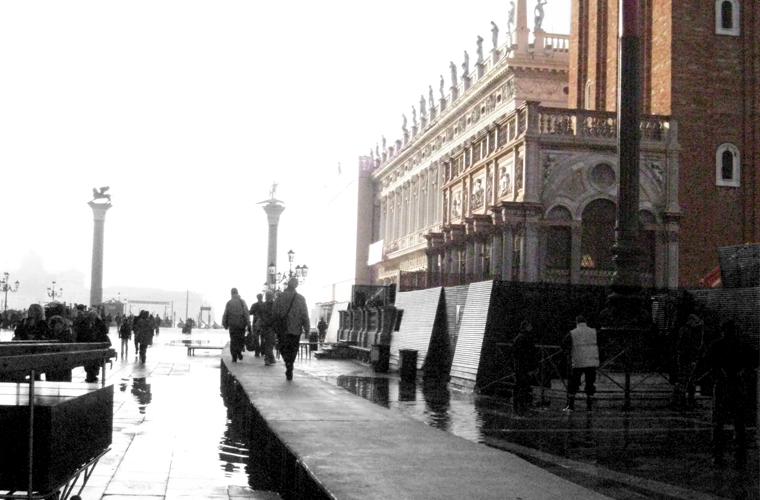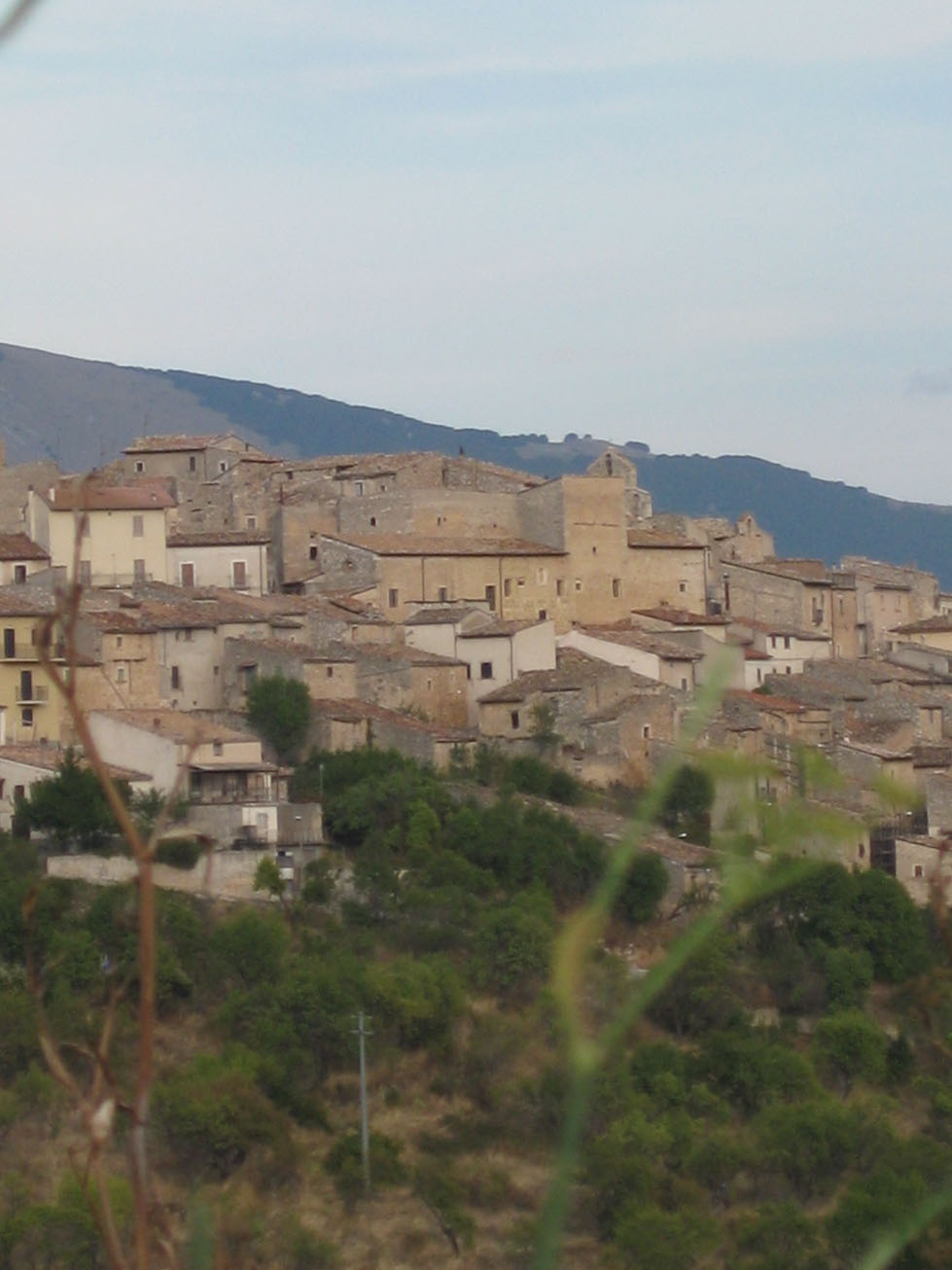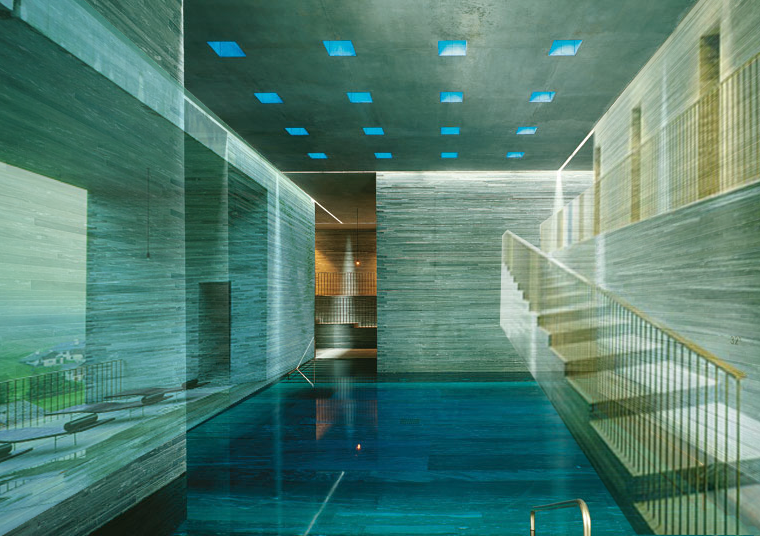 How have the past fifteen weeks changed your outlook on architecture?
How have the past fifteen weeks changed your outlook on architecture?
At the start of the program, it was recommended that we try and forget everything we have learned about architecture and all the famous buildings we have studied. At first this seemed a little strange but then we began visiting places we had heard lectures on in arch history or used as case studies, and seeing them and walking through them was completely different then seeing them in pictures. I begin to question the reason why but didn’t find an answer until I visited Peter Zumthor’s Thermal baths in Vals, Switzerland. I could recall a lecture in the Berg Gallery that Henry de Hahn gave on the building talking about Zumthor’s theories and drawings and ideas for the building, his descriptions sounded amazing and Zumthor’s symbolism of a rock piercing the snow on the mountain side fit in perfectly with the typography and surrounding site, but, once I was there I realized that none of those things were important. What was important was the experience of moving through the spaces and using them for what they were created for. Pictures can try to capture it and people can try and describe it, nothing beats seeing it and experiencing it on your own. I realize now that many of my teachers have tried to get me to think about the experience of the occupants through writing stories of how one might move through or use the space, and thinking about the space itself and perhaps even moods or emotions it may evoke, but I didn’t completely understand this until now.
What works behind the scenes to make a city perform as such?
Part of the city of Rome’s identity, is the historical presence. Without the Colosseum, Roman Forum, Pantheon and so one, the city would not perform the way it does today. So what keeps all these ruins and monuments alive and well? I believe it is the preservation societies and historical organizations who are responsible for helping the city perform the way it does today. On our visit to Herculaneum, we discovered the difficulties faced by these societies but also saw the benefits of their existence. In Rome, we see their work in all famous monuments by the simple fact that they are still standing.
The Tale of a Detail:
Many of the buildings here in Rome were built during a time where illiteracy was common, therefore many building details literally tell stories by carving images into their facade. A church may show images of saints and a municipal building may show pictures of war and celebration. These, however, are not the type of details that I am interested in. When I first arrived in Rome I began to notice that the simplest details showed signs of craft and care. The walls of buildings need drains to allow moisture and air to escape and rather then punching a hole into the wall, a design was carved into it. Similarly floor drains, rather then being an ugly grate, are carved and sculpted as well. This picture is of a floor drain next to the Tempietto. This detail of the drain tells me of the importance placed on the building and the care with which it was designed. The detail also tells me of the rains and the way it functions, it is sculpted to reveal two star shapes, one that is raised and channels the ground water into the other which is carved and provides a literal channel for the water to drain into the holes at the center. The star that is carved out is left stained by the water and accents the design of the star shape.
How is Venice, Venice and not anywhere else?
In Venice, everyone gets to walk the catwalks.
Because there are certain times in Venice when the only way you can get down a street or through a piazza is by catwalk. The reason for this is what really makes Venice, Venice: acqua alta. Venice is the one city I know that water comes from all directions to flood the city, and the floods are not on an annual or random basis but continuous to the point that Venetians must deal with it constantly. When the water starts bubbling up through the drains and the tide is high, the catwalks come out and become the new mode of transportation unless you are willing to brave the puddles with your boots.
How is Siena, Siena and not anywhere else?
Siena like many other cities in Italy is divided into regions. The first thing I noticed about Siena is the pride each region has and the competitiveness between all 17 of them. Each region, or neighborhood has a sort of “clubhouse” with a fountain depicting their mascot. These mascots can be found throughout the neighborhood in forms of tiles, engravings, graffiti and even rings to tie up horses. This pride and competitiveness takes full effect twice a year when piazza del campo is transformed into a racetrack. It is incredible to stand in the center of this enormous piazza or at the top of the bell tower looking down into it and imaging the piazza, currently empty except a few groups of people, full of crowds wearing flags in the center of a dirt race track with ten horses and jockeys riding around the ring. This pride in each individual neighborhood as well as in Siena itself is what makes Siena, Siena.
 What makes a good architectural translation?
What makes a good architectural translation?
Reuse is one type of architectural translation, and it is appears to be the most used. It usually entails taking an older building that has since been forgotten or abandoned but holds some history and transforming it so it can be used for something new. The neighborhood of Testaccio grew up on the southern edge of Rome as a meat raising and packing district. The working class neighborhood grew up around slaughterhouses and cattle pastures. The cattle have since disappeared and the slaughter houses abandoned leaving a large empty building with metal tracks still in tact and small cattle enclosures arranged in between. Now the building is being reused for a museum and another for a school of architecture. This translation was done by using what was left of the slaughter house and turning it into exhibit spaces. In the summer, the cattle enclosures house outdoor exhibits. The museum shows off the history of the area through its building as well as what is on display inside.
How is History made active?
Rome is full of history and therefore attracts tourists from all over the world to see its monuments. Unfortunately this means that Rome has fenced off its monuments and let them sit there, unused except as a photo point for tourists. This however was not always the case. When you look at the Teatro de Marcello you no longer see a theatre but housing built inside the shell of what was once a theatre. The Colosseum was used similarly but has sense been cleaned up and shows off its original function. Teatro de Marcelo is made active because it is still being used, its function might have changed but you can see the layers of history. The Colosseum on the other hand is no longer active and only has activity going on around it. Many buildings in Rome have found that they have history underneath their foundations. Most of these buildings simply made those ruins open and visible to the public. This is getting closer to making history active. So far the best example I have found, besides the Teatro de Marcelo, are the aqua ducts. Many of them have been destroyed and their fragments are used for parks or the back wall of a house but a few have been restored and are still used for bringing water to the city of Rome today. Although this is their original function, the fact that they were reused rather then constructing something new, makes the old, original aqueduct made active once more.
What does “this” map tell you about Rome?
Since I have been in Rome, I have found that maps aren’t always very helpful when trying to find your way to a new destination. The streets are rarely straight and the name usually changes once you cross another street making directions difficult and confusing. I have learned to base the location of myself and my destination on the presence of nearby monuments or landmarks and then I determine the relative direction I want to go from them and make my way towards my destination by weaving back and forth through streets in that direction. Therefore. I have found “this” map to be very helpful. It doesn’t try to tell me directions based on street names and how many times to turn right or left, but rather points me in the general direction of where ever I would like to go. This is my kind of map.
What lies between the mountains and the sea?
Driving along the coast of southern Italy, a road unfolds in front of you clinging onto any ledge available and revealing the steep cliff that enters the sea almost completely vertical below you. These mountains wrinkle up and down the coast, alternating between fingers that reach into the sea and crevices that allow the sea to pour into the mountain. These crevices are where you find the terraced town of Amalfi along with many other port cities stretched along the thing string of the mountain highway. Amalfi begins in the crevice between two fingers of mountains and grows up into the mountain taking its form, allowing the city to bend just as the mountain. At certain pointes the city even grows up out of the mountain as if it were part of the mountain. The setting of the city becomes the form allowing the city of Amalfi to reach into the sea as the mountains do.
What is the difference between a big building and a small city?
First I must define each of these terms. To me a small city has a list of necessary components in order to be considered a small city. It needs to have homes, business and commerce, source of food like restaurants and markets, system of utilities, parks and other public spaces, streets for circulation, and buildings to house many of these components. A Big Building has many similar components. A big building usually houses business and commerce on the lower level as well as homes above. There are often cafes and restaurants are usually provided on the lower level and there is a system of utilities interlaced into the building. Big buildings also usually have courtyards or lobby space and maybe even a roof top garden as well as a system of corridors for circulation. The only criteria left that the city has and a big building doesn’t is a series of buildings. Of course this distinction can often become blurred. Two weeks ago when we visited Castelvechio Calviso I was under the impression we were visiting an old and quite small city. After exploring however I began to understand it more as a large building. Everything was connected. All the “buildings” or modules touched whether side-to-side, back-to-back or arched over a “street” which seemed more like a corridor of a building with private stairs to residences above. The “city” was completely walled in so it appeared to be one large building from the outside. But around the “large building” were smaller and newer buildings that had grown up around the center “building” making it seem even more so like one big building in the center of a small city. So what is the difference between a small city and a big building? Milieu.
